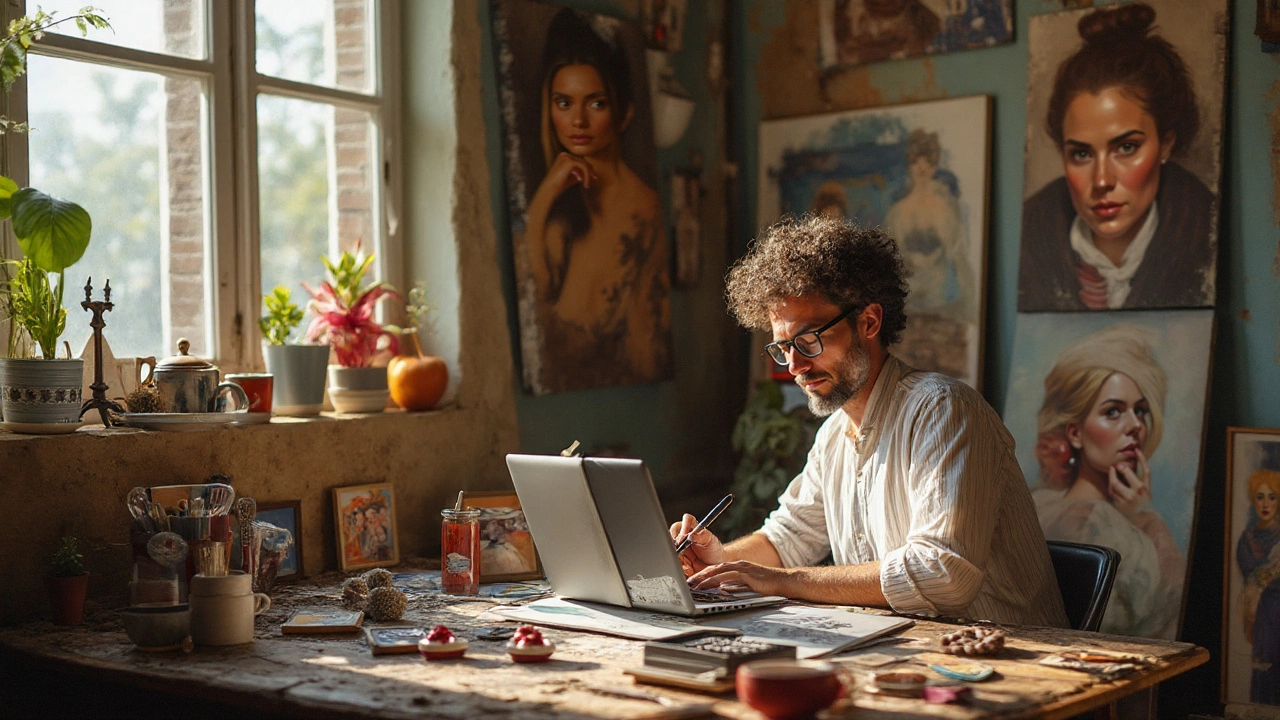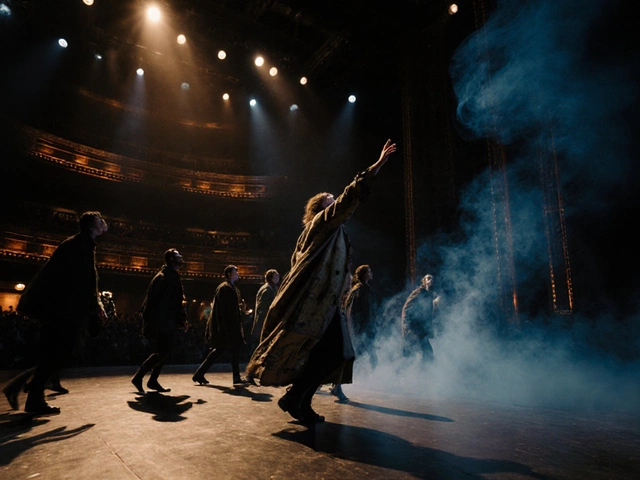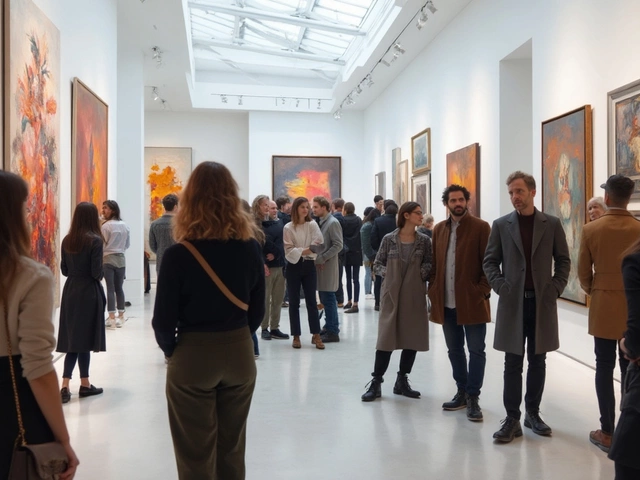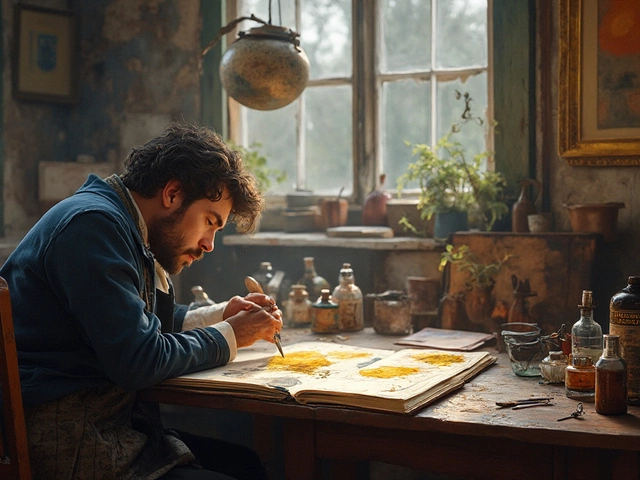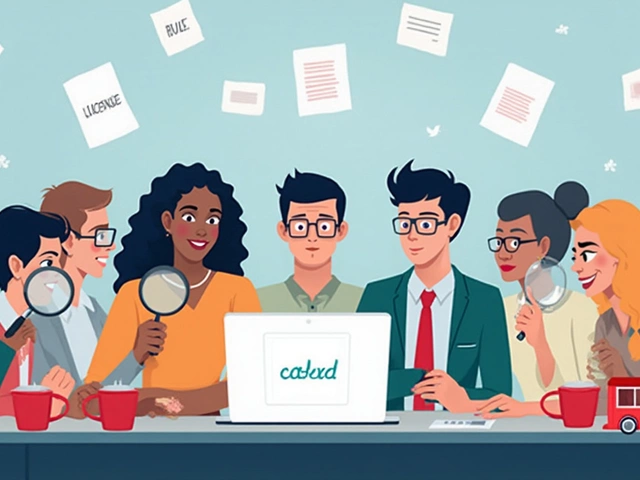Someone just DMed you their beloved dog's photo, asking for a portrait—and you're sitting there, staring at your blank canvas and your even blanker rate sheet. There’s the lingering fear: price too high, you lose their interest; too low, and you might as well be working for compliments and exposure. That awkward limbo is where most portrait artists get stuck at least once. Is there even a straightforward answer to what you should charge for a portrait painting? Well, kind of. It takes some math, a dollop of market snooping, and a healthy splash of self-worth. Selling your art isn’t just about talent and paint—it’s about valuing your time, skill, reputation, and materials. Let’s break it down and find your number.
How Artists Actually Figure Out Their Prices
Most artists won’t tell you this, but almost nobody just ‘knows’ what to charge for portrait work right out the gate. There’s no secret society with a pricing chart—although that would make things easier. What usually happens is that you try a few numbers, see what sticks, and probably undercharge the first dozen times. But there’s a smarter, less painful path involving a few real steps.
First off, look at your time. How many hours does it realistically take you to finish a standard portrait? Be honest, include the rough start, the mad tea break (that somehow lasts 40 minutes), and the last-minute tweaks. Most painters I know spend anywhere from 10 to 40 hours for a single-person, 16x20 inch acrylic or oil portrait. Watercolors sometimes go a bit faster. Multiply your hours by an hourly wage that actually pays your bills—think $20–$50 per hour, depending on your skill and city (if that sounds outrageous, check what decent tattoo artists or house painters earn hourly). That gives you a starting number.
Then, materials come in. Some paint and panels might just set you back $25, but high-end oils, archival paper, brushes and all the extras can add up. Here’s a breakdown from my last three commission jobs for acrylic portraits, with everything calculated down to the extra canvas I bought so I could redo one experiment-gone-wrong nose:
| Material | Average Cost (USD) |
|---|---|
| Canvas 16"x20" | $26 |
| Acrylic/Oil Paint (estimate) | $15 |
| Brushes | $9 |
| Varnish/sealer | $4 |
| Reference photo printing | $2 |
| Packing/shipping | $18 |
| Total | $74 |
Notice how the non-romantic part of art—shipping, reference printing—adds up. Once you have your labor and material numbers, you get your base price. But don't forget: established artists with steady commissions often double that number, or even triple it, to account for taxes, marketing, and the simple fact that they have a reputation.
Credentials and style matter. Are you just starting out, or have you won the local art show three times? Is your work photorealistic, or more conceptual and loose? A 2017 survey across US art forums set the beginner's average at $150–$400 for a three-quarter-view bust, 16x20 inch portrait. Semi-pros range $400–$1,200, and mid-career artists regularly fetch $1,500–$5,000 per piece. Anything above that and you’re in the game with blue-chip galleries, or your name is known at the local art council.
Social proof shapes the number more than you’d think. If you post regularly on Instagram or in a local art group and people compliment your portraits, your value rises—plain and simple. Every waitlisted slot, each ‘I’ll take one!’, lets you push your price higher the next round.
One more trick I learned: look at local artists whose work is similar in both technical quality and market—you want to be in their ballpark, or at least not selling yourself wildly short. Some artists even adjust price by region: a portrait in Seattle might warrant a higher tag than rural Nebraska, all else being equal.
Bottom line: add up labor, materials, shipping, then pad for experience, reputation, and demand. Don’t pull a number from thin air or from what your friend’s cousin’s neighbor charges—do your own math, and watch how the numbers change as you start filling up your calendar.
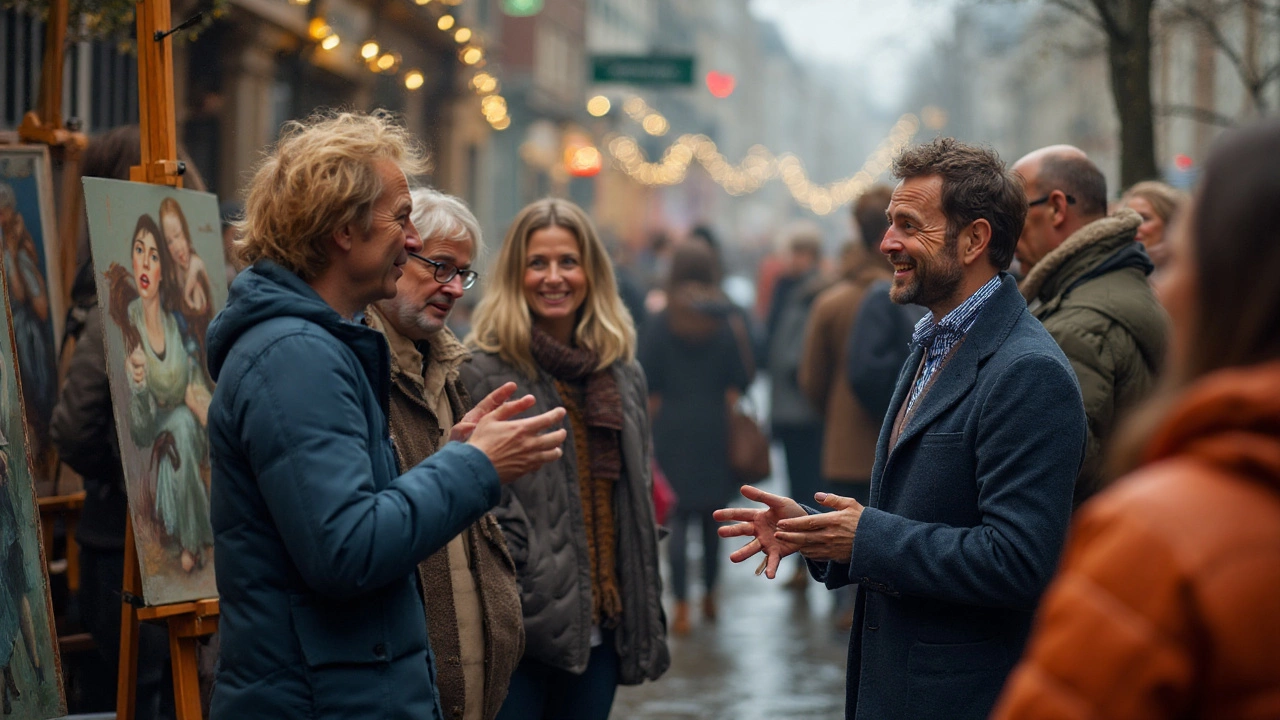
Why Setting the Right Price Matters More Than You Think
Charge too little, and you’ll attract the clients who care more about a bargain than about your actual work. Charge too much before you’re ready, and your inbox stays quiet while your confidence plummets. Price is not just about your time and brushes, it’s about the kind of clients you want to work with and how they see you.
When my partner, Merriweather, started sculpting in earnest, she set her first commission rates by reverse-engineering the prices of artists she admired. The surprise? Even the mid-tier sculptors (folks not yet famous outside their zip code) were getting triple what she thought was possible. By adjusting her rates, she actually began attracting collectors serious about building a collection—not casual shoppers bargain hunting at craft fairs. I see the same with portrait artists all the time. Higher prices tell buyers you’re professional and that you offer a real, valuable service. Nobody brags about their "discount" artist—they show off the one they invested in.
Setting a fair rate also signals that you respect your own boundaries and your art’s place in the world. Underpricing leads straight to burnout; it teaches you to resent the work and dread the next request. The art world is small, too. People talk. Once your rates are out there, future clients see your number as gospel—good luck ever doubling it fast if you started super low. Starting with a sustainable number gives you space to grow.
Then there’s the practical side: taxes, website hosting, art fairs, discount offers, all that jazz. Take a look at this basic chart tallying up added “hidden” costs I see a lot of artists forget to buffer into their rates:
| Expense | Annual Average (USD) |
|---|---|
| Income Taxes (self-employed, 15%) | $1,200 |
| Website/Maintenance | $180 |
| Application fees (exhibits, contests) | $90 |
| Art supplies (beyond commissions) | $400 |
| Marketing/promotion | $250 |
| Shipping losses (damaged/lost) | $60 |
| Total Hidden Costs | $2,180 |
Add these extras onto your mental ledger. Suddenly, that $500 commission doesn’t look so extravagant. A 2022 report by Arts Business Institute even found that solo artists who priced below $15 per hour rarely made it beyond the "hobby" tier, while those who aimed for $30+ per hour hit full-time status more often. That’s a shift you want.
Don’t forget: raising your rates is far easier when you already have a track record of satisfied, paying clients. A long-time collector rarely blinks if you bump rates for new work by 15–25% next year, especially if your output and demand have gone up. One way to stay transparent? Post your commission slots and prices openly, or send a rate sheet to new clients as soon as they inquire. It saves endless back-and-forth and makes you look pro.
And if your schedule is packed? That’s a clue it might be time to raise prices. A twelve-month waitlist is a dream for your ego but it’s also a sign you’re leaving money on the table. Regularly review your calendar—and make sure supply matches demand, price-wise.
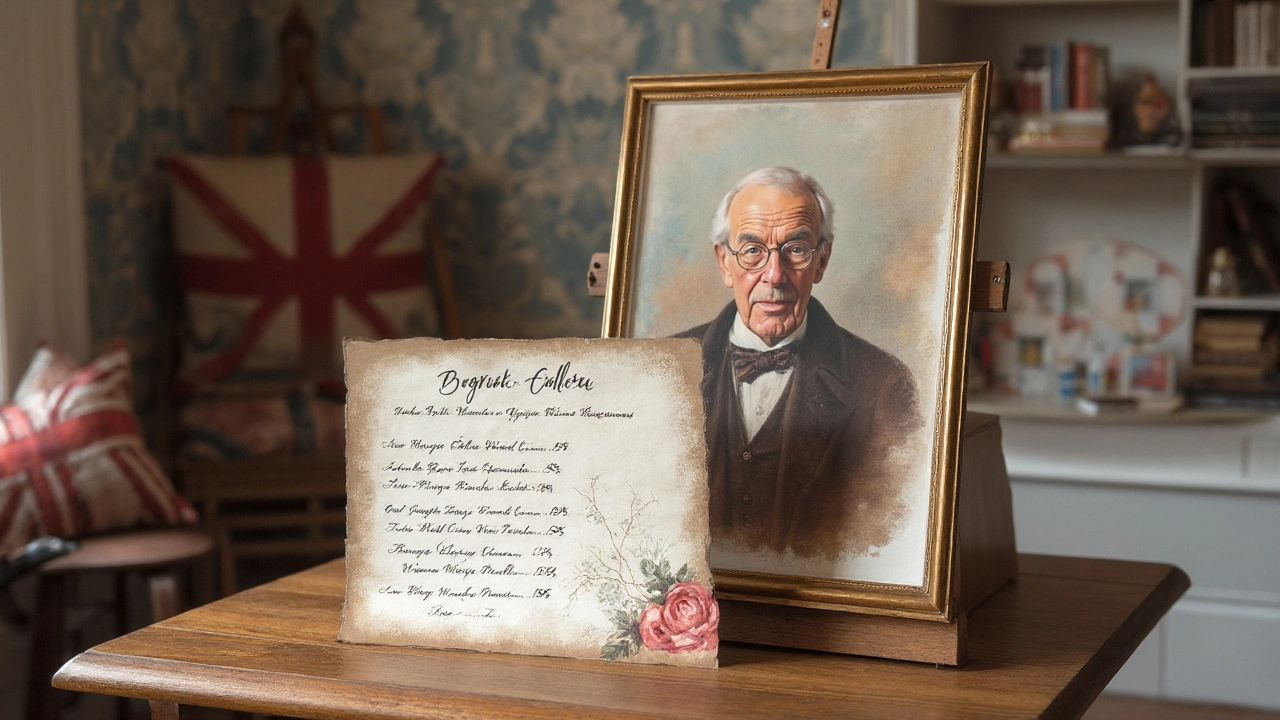
Tips for Confident Pricing (and Dealing with Client Pushback)
All the number-crunching in the world won’t do any good if you feel squirmy asking for that fee. Here’s where it gets psychological. If you don’t state your price like it’s obvious—as normal as quoting a store item—clients sense doubt. That’s when the haggling, ghosting, or weird requests for a "special price for exposure" start rolling in.
Practice this at home: say your fee aloud, without apology or babble. "A 16x20-inch custom portrait starts at $400, with an additional $100 per extra figure." It feels awkward—do it anyway, until it doesn’t. No explanation, no nervous laugh, just a clear sentence. It’s how interior designers and contractors talk, and it works.
Next, stick to clear policies. Write down what’s included in your price: number of revisions, delivery time, format, unframed versus framed, whatever applies. Spell out if you take a deposit (usually 30–50%), what counts as a ‘major revision,’ and how you handle cancellations. This makes you look polished and protects you if someone tries to change the deal last minute.
If someone flinches at your price, resist the urge to instantly slash your number. Instead, offer smaller formats—downsizing a 24x36 commission to an 8x10, for example, automatically cuts both material and labor costs. Or, suggest working from a digital file for prints if original art is just out of budget. Never haggle your value beneath a living wage just to get a deal done.
Always watch the market. Your rates shouldn't stay frozen. If you’re booked out months in advance, nudge your fee up by 10–15%. If crickets start chirping, look for ways to build social proof—share finished pieces, get testimonials, maybe even rework your website so it screams ‘professional’ rather than ‘hobbyist’.
And let’s get real—a lot of well-known artists once set prices based on what groceries cost that week or what they needed to pay rent. Over time, the work gets better, the network grows, and what felt impossible to charge becomes your new floor. Be patient but don’t undersell yourself. The artists thriving in 2025 are the ones who combine talent and business sense, not just the best with a brush.
Finally, always remember: the people you want collecting your work are the ones who respect your craft, value your vision, and don’t squirm at a fair price. They’ll more likely tell friends, post their portrait all over social, and come back the next time a milestone comes around. That’s the long game for an artist who’s going places.
